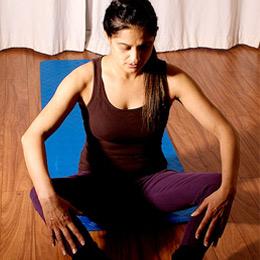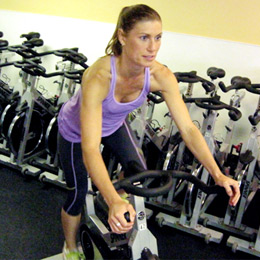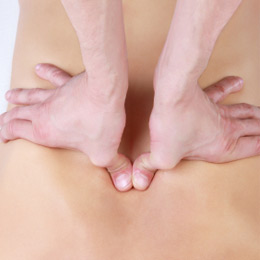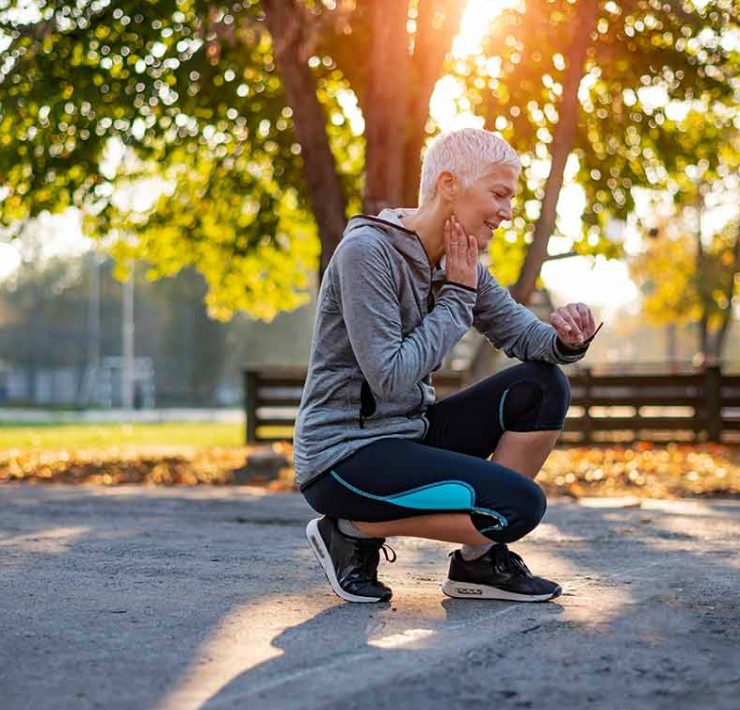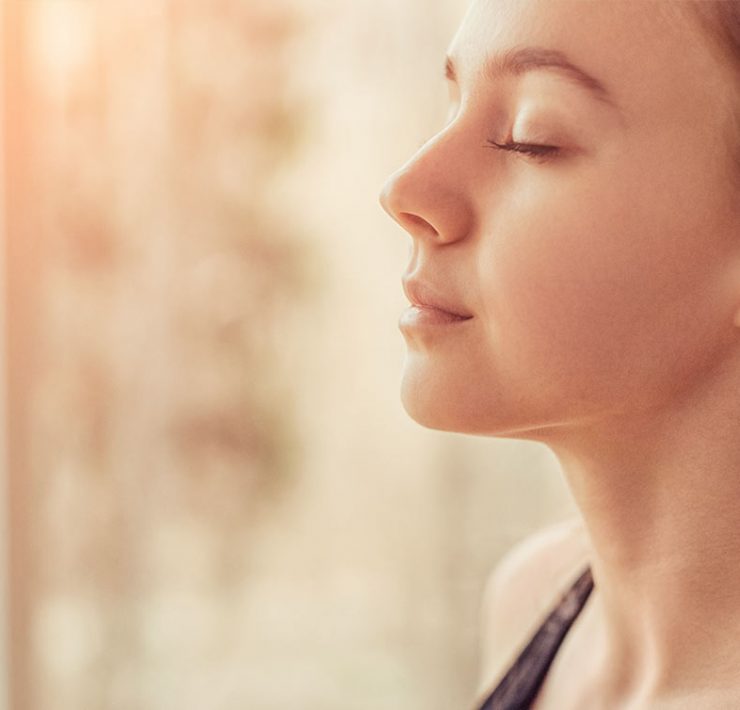 A Zeel member asks: I’ve practiced for seven years with two different Pilates instructors who’ve directed me to exhale on the exertion. Now, my new teacher teaches the opposite—inhale on the upward movement. I’m confused.
A Zeel member asks: I’ve practiced for seven years with two different Pilates instructors who’ve directed me to exhale on the exertion. Now, my new teacher teaches the opposite—inhale on the upward movement. I’m confused.
Breathe easy. We turn to two of New York City’s best Pilates experts to learn about the importance of the breath as you move from one position to the next.
“Consider it a stylistic difference for the most part.”—Lynda Lippin, award-winning instructor
In traditional classical Pilates, we were taught to inhale when lengthening the spine into extension or rotation and exhale when rounding into flexion. This somehow translated into an inhale on the leg and hip extension in reformer footwork, with an exhale on the return.
More contemporary Pilates teachers adopt the opposite breathing as in weight training, where we typically exhale on exertion. But in Pilates footwork, since the spine stays neutral and you are not working against hundreds of pounds of resistance, as long as you are breathing it is all good.
Consider it a stylistic difference for the most part. I generally just want people to breathe while they move, so I don’t worry about it as much unless there is a problem. You could also ask your new teacher, as she may have a different reason. I never have a problem with clients asking questions.
“Focus on the quality of your movement.”—Halle Clarke, owner of Soho’s Mongoose Bodyworks
Although each exercise, when first learned, does come with a very specific breathing pattern, it is also important to mix it up. I think it’s even important to sometimes forget entirely about the breath, and just make sure you are breathing smoothly and that the movement is clear and precise.
The main purpose of the breath in Pilates is to provide focus and keep awareness on what we are doing. Breathing also improves the flow of oxygen to our tissues and improves lung capacity. I wouldn’t worry so much about it.
It’s possible that your teacher is hoping to help you find some release within the exertion, so that the act of exercising is a flowing outward experience and not a tension-making one. As long as you enjoy the class, follow the teacher’s words without resistance and focus on the quality of your movement.
Stacy Goodman is an award-winning digital marketer and currently the Director of Digital Marketing & eCommerce for Night Shift Brewing. Previously, she was the Head of Content for Curalate and Content & Social Media Editor for Zeel.

